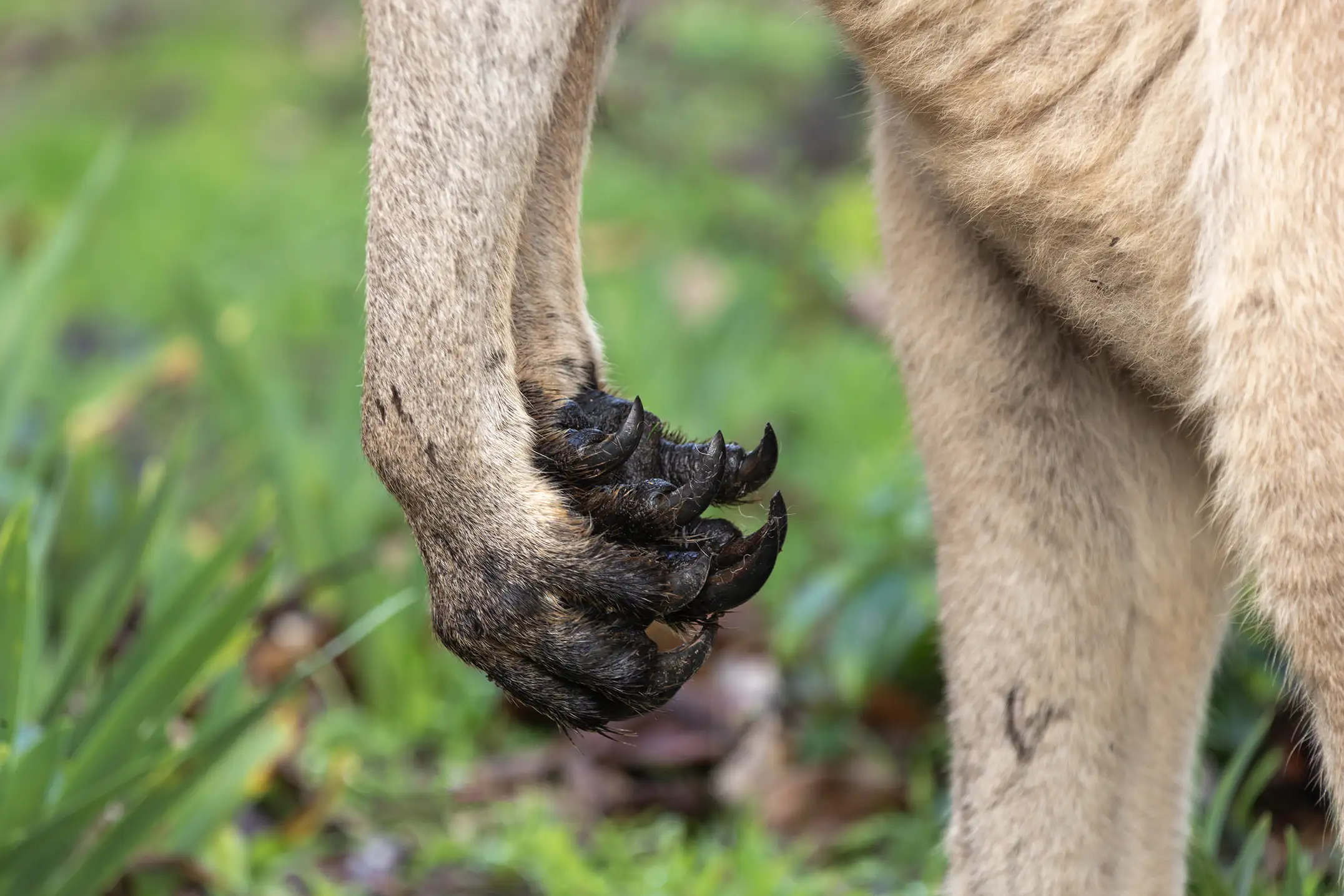Ghost in the machine
Life on land



Your support will assist us to continue our research and content development, the greater our resources, the more we can do.
The more we have an accurate understanding of what is happening to nature, the more we can all do to protect what remains of our living planet.
This is also an opportunity for philanthropists to be part of an ongoing project that tells independent stories about the natural world, stories that will help us to better understand what is happening to species and places on our precious planet Earth.
Note: Creative Cowboy Films does NOT have tax deductible charity status.

The Nature Knowledge Channel is a very real way you can help the precious natural world and support the work we do in creating knowledge about the natural world.
Annual membership of the Creative cowboy films - Nature Knowledge Channel gives you full access to content, stories and films, available on this website. Becoming a member of the Creative cowboy films - Nature Knowledge Channel is a very real way you can help the natural world and support our work in creating a greater understanding about what is happening to it.
A point of difference
Creative cowboy films is independent, is not funded by governments or industry, and is not influenced by their associated interest groups. For reasons of independent research and content development, Creative cowboy films does NOT have tax deductible charity status.
Life on land
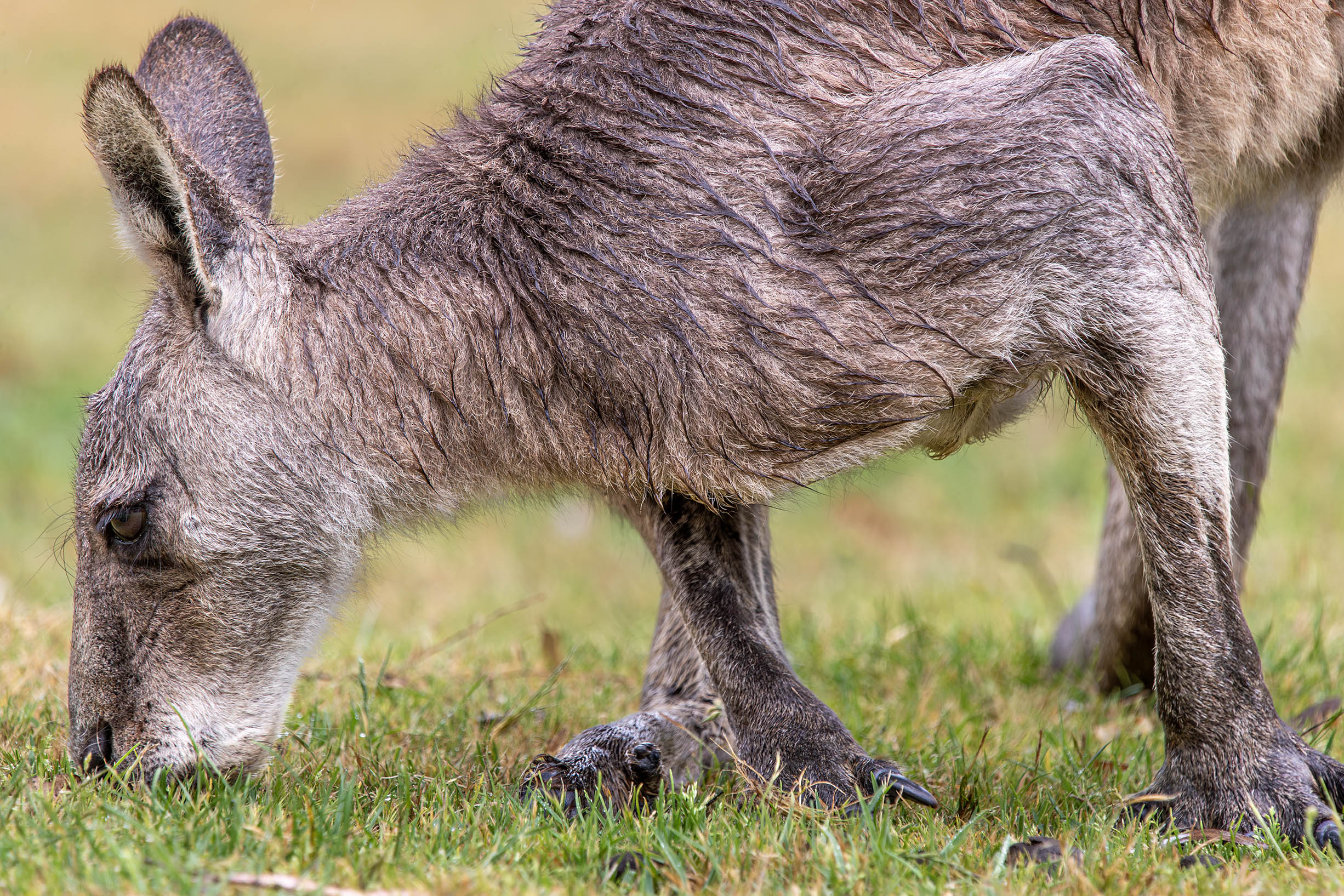
State based Kangaroo population estimates are calculated from surveys where small numbers of Kangaroos are counted and then these counts (mostly from fixed wing aircraft or helicopters) are extrapolated across likely habitat landscapes. These estimates leading to biologically impossible population increases as the following example describes.
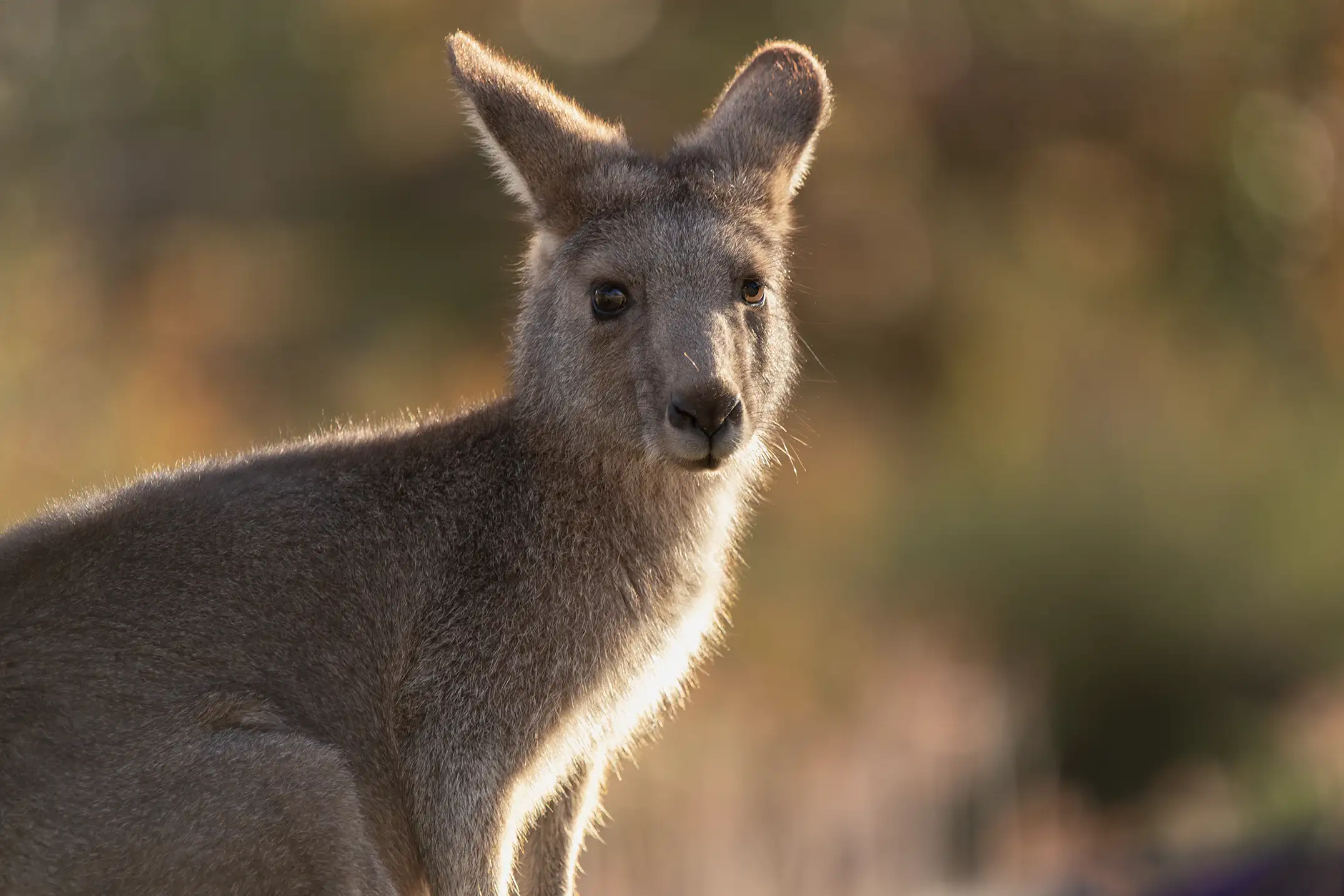
Between 2011 and 2014 the four state governments of Queensland, New South Wales, South Australia and Western Australia, claimed that Kangaroo populations, in places where they could be shot for commercial gain, had risen from 25,158,026 to 53,198,517 over the period, more than doubling. This was also a period during which 6,546,231 Kangaroos were killed for commercial gain, the collateral damage from which was the cruel death of an estimated 1,832,945 joeys (baby Kangaroos).
This coincided with growing concerns about this cruel and exploitative trade in the US, including mounting pressure in California, and Europe and a major push to open up Victoria to the commercial exploitation of Kangaroos and a major marketing effort, which went around the globe, claiming that there were two Kangaroos for every Australian, and the pest marketing spin began in earnest.
Here we compare three five year time periods commencing 2000 and compare the actual take against the quota for each period (Australian mainland states).
The number of joeys killed by blunt force or decapitation and not accounted for across the three time bands is estimated at 8,599,308.
The trends that are evident but have failed to halt the decline in take include:
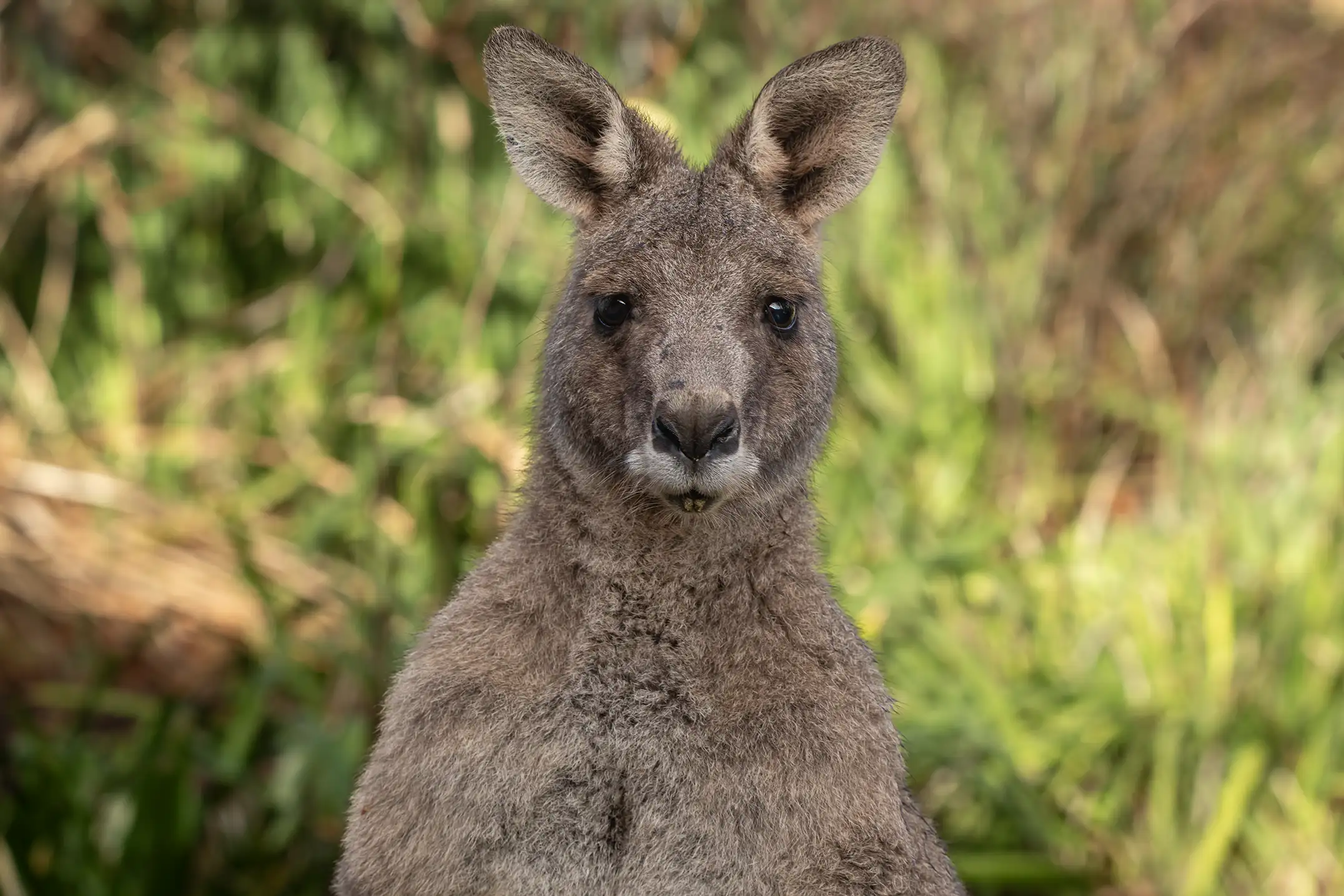
Governments are beginning to respond to the decline in profitability of commercial exploitation by providing subsidies and bounties for shooters to kill what remains. This is now the case in South Australia and Victoria. Decline in profitability has occurred for a number of reasons including:
The extremely high carbon cost per dollar value of this activity, a diesel driven industry at increasing climate change cost, likely far exceeding any economic benefit. Strange that academics in some of Australia’s ‘leading’ universities claim the opposite.
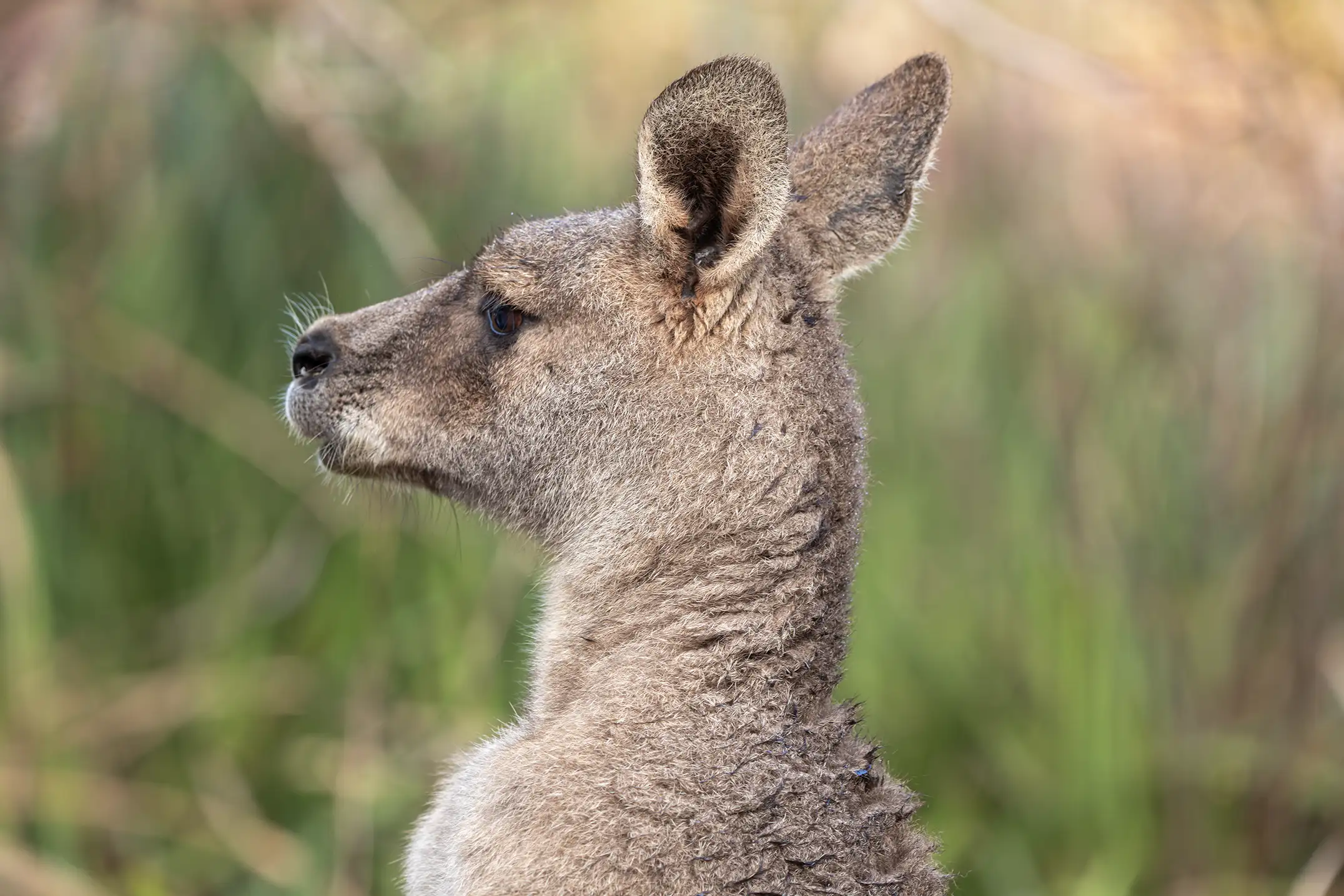

Australian Governments tell the world that the population of Kangaroos in Australia, despite the terrible fires, droughts and floods and mass killings of adult and juvenile Kangaroos, that Kangaroo numbers in 2024, in all the places they could be shot for commercial gain, increased from 35,332,661 animals at the beginning of that year to 42,163,953 by early 2025. The intention (ie. the quota) is to kill another 6,234,292 Kangaroos for commercial gain in 2025 (plus as collateral damage a further 1,745,602 joeys). The likely outcome will be that only 21 per cent of the 2025 quota will be met and that follows the pattern of what has occurred in the last few years. It won’t and can’t be much more.
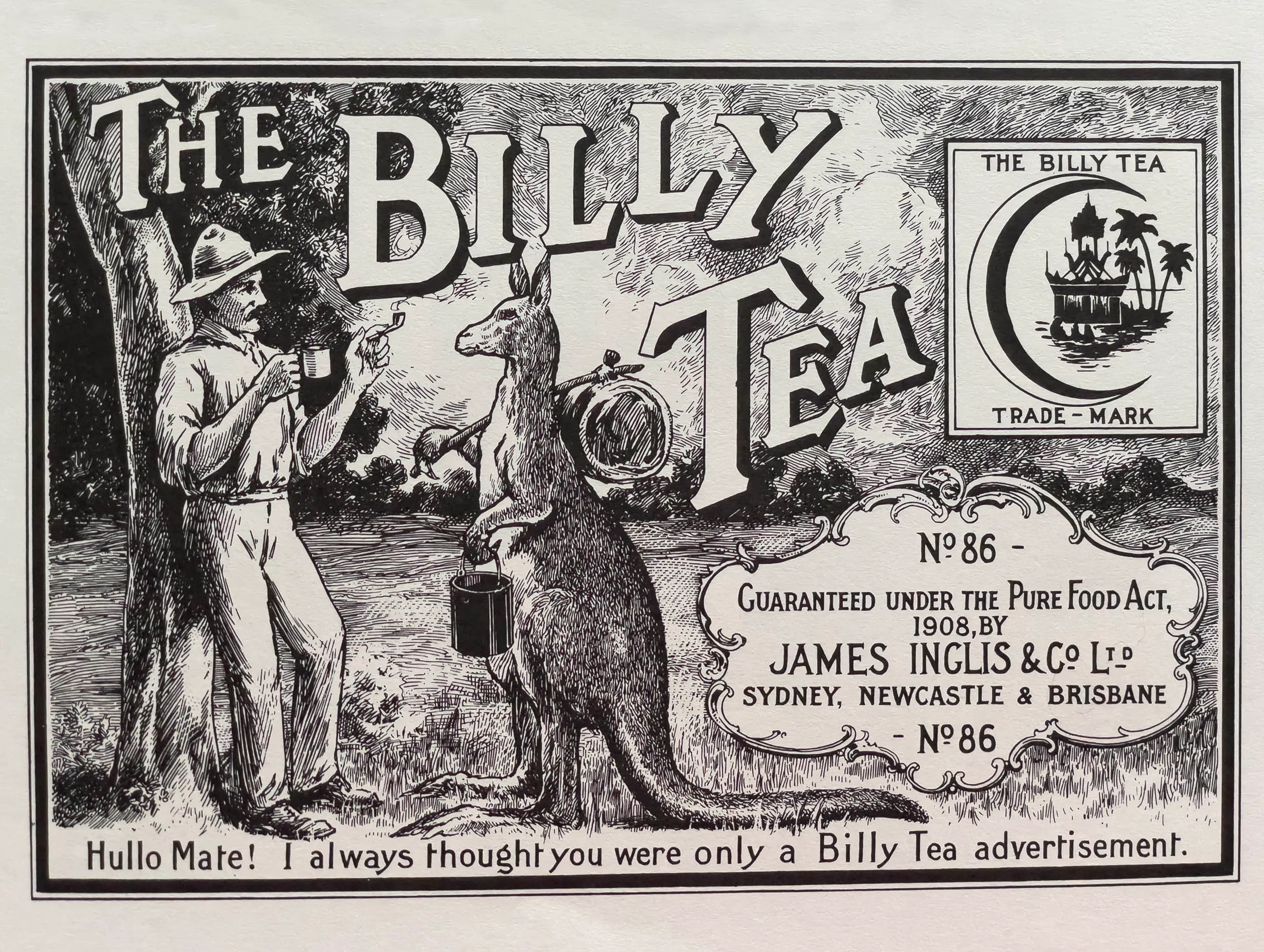
Kangaroos that do not exist, cannot be killed for commercial gain. It sounds like an odd statement but the simple reason that there is a decline in actual take against commercial quota is because the population estimates remain far too high and as a result an unsustainable percentage of the population is being killed.
We should note that international concern and the resulting campaigns that include the Kangaroos are not shoes campaign, create financial disincentive for the few benefiting from the commercial exploitation of these animals. The campaign has also highlighted the consumer concern about what is happening to Kangaroos, and for the consumer focussed industries, the knowledge that there would be ongoing and potentially significant damage to their brands because of using, and unnecessarily so, Kangaroo body parts in their products.
There is no doubt that the use of Kangaroo products in consumer market apparel and beyond has been a driver of the destruction of Kangaroo populations across the Australian continent. At the same time glamourising and promoting the use of Kangaroo products.
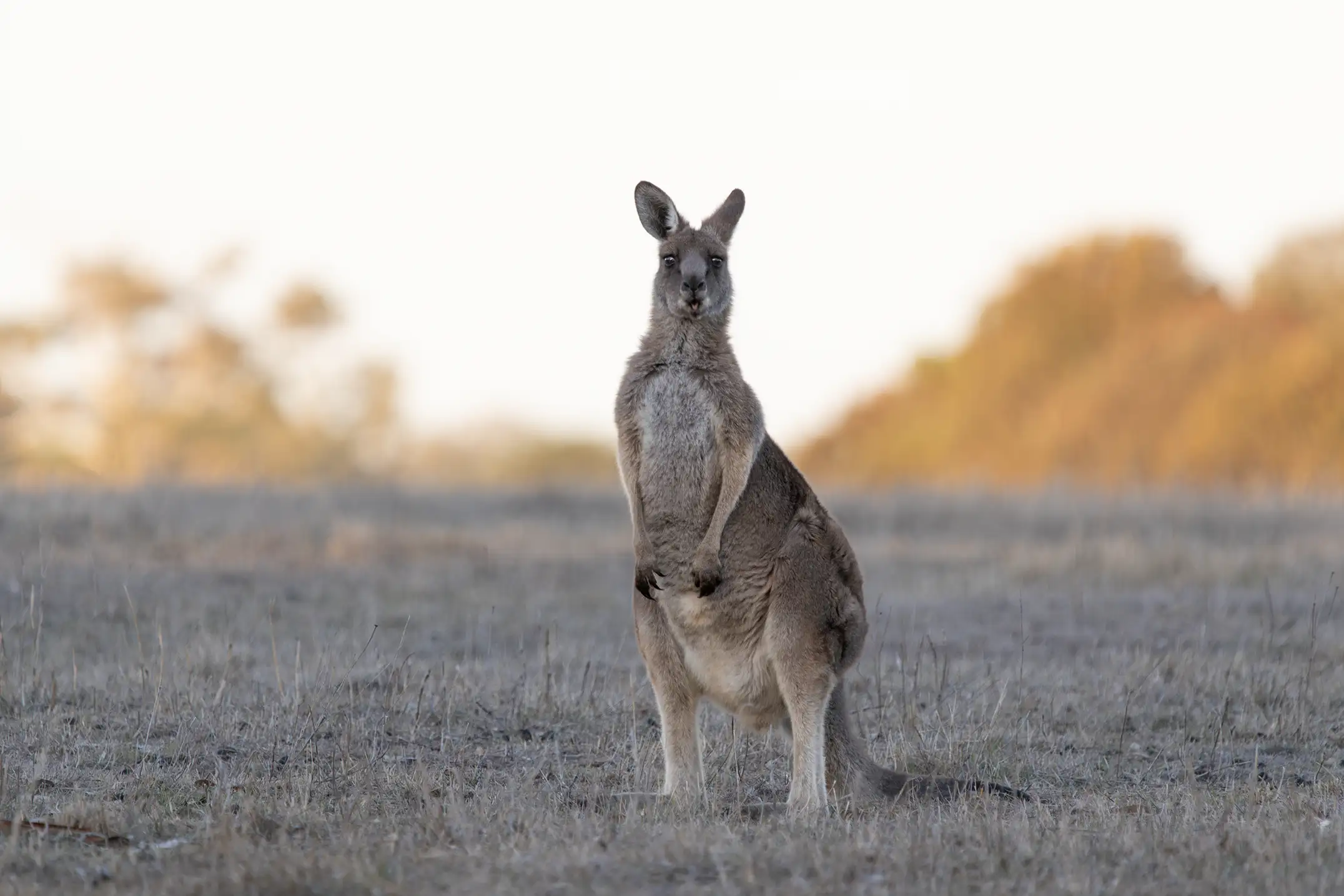
What is done to joeys, despite the false claims that they are killed humanely, is deeply shocking. At-foot joeys are most likely to become the orphaned or ghost joeys, escaping from the shooters or released because they are of little commercial value and hence, not worthy of any consideration. These joeys are still milk dependant, and like all young are still learning survival skills from their mother and the mob in which they live. The bond between joey and mother Kangaroo are extremely close and tactile.
Statements about strict compliance surveillance from Australian state governments can be misleading. The claim is always made but is it true?
For example, in South Australia, which is typical, there are no compliance checks relating to the actual shooting of Kangaroos or the shooters as they are doing the shooting. This means that it is impossible for the South Australian Government to know just how many Kangaroos were body shot (ie not head shot as required by the regulations). There are no checks in relation to the actual shooting as this compliance task is considered too dangerous for government employees. This means that there is no way to accurately estimate just how many orphaned joeys there are, although anecdotal evidence, because we can hear them crying, suggest that they may be numerous.
Victoria may be the exception here as we have witnessed government staff working with shooters as they kill Kangaroos.
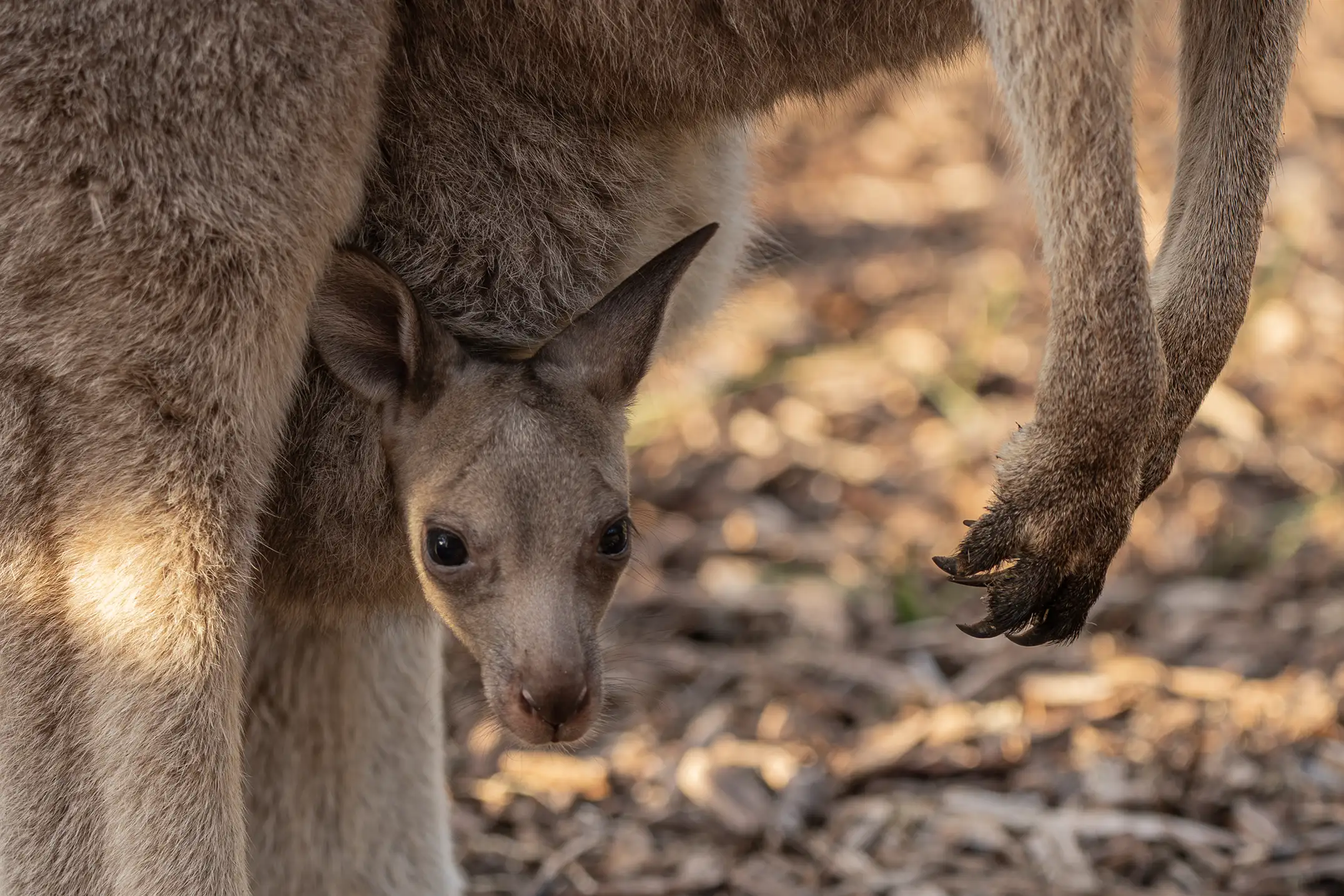
Signs of collapse are evident and it is the participation of Australian Governments, at both state and federal level, via promotion and marketing and various public funding activities including grants, subsidies and bounties, that enables the commercial exploitation to continue. The result of this blinkered and unyielding approach, despite all the evidence to the contrary, has been to create a culture of dis and misinformation and dodgy science, and particularly so within Australia’s public services. Australia’s National Broadcaster has a long history of spinning Kangaroo tales which are both inaccurate, sometimes false, and are part of a marketing campaign to demonise these animals. Given the lax and prejudicial approach by governments in relation to this matters, the result is the extreme cruelty that allows animals to be beaten to death or decapitated under the guise of humaneness.
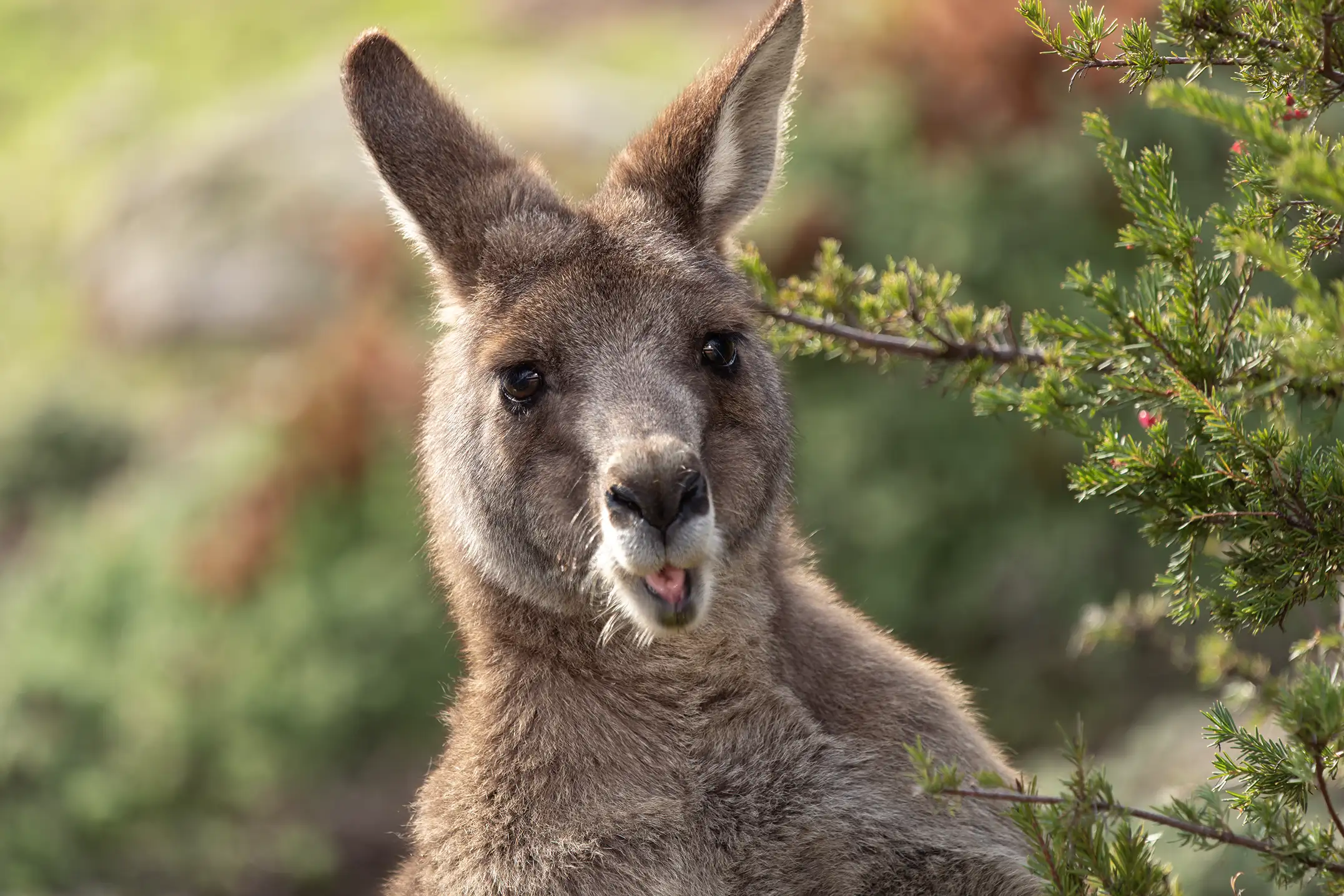
For the populations of the various species of Kangaroos exploited for commercial gain on the Australian mainland, it means increasing fragmentation of Kangaroo populations and more and more regional and state based extinctions.
The last time we analysed the situation for the ‘big foot’ Australian species (includes PNG, most are in Australia) including Kangaroos, Wallabies, Wallaroos, Potoroos and Bettongs the situation looks like this. Since European Settlement in 1788, 7 species are extinct, 7 species are critically endangered, 10 species are endangered, 28 species are threatened or vulnerable, 35 species are not considered to be in danger but we doubt this is the case for at least some of these species, as Australia has a listing lag given the poor levels of research surrounding these matters. Regional extinctions are of particular concern for the commercially exploited species.
We should also note that commercial exploitation is not the only way Kangaroos die. Australian state governments also issue mitigation permits to land holders and government departments and these are increasingly easy to obtain. Numerous protected Australian species are subject to lethal control and Kangaroo species top the lists in terms of the numbers to be controlled. For most states, once the permits are issued, there is no further reporting requirement or follow up, so outcomes are unknow. It does however appear, and we need to conduct further analysis, that as Kangaroo populations decline, that requests for mitigation permits are also in decline, certainly so in some regions.
